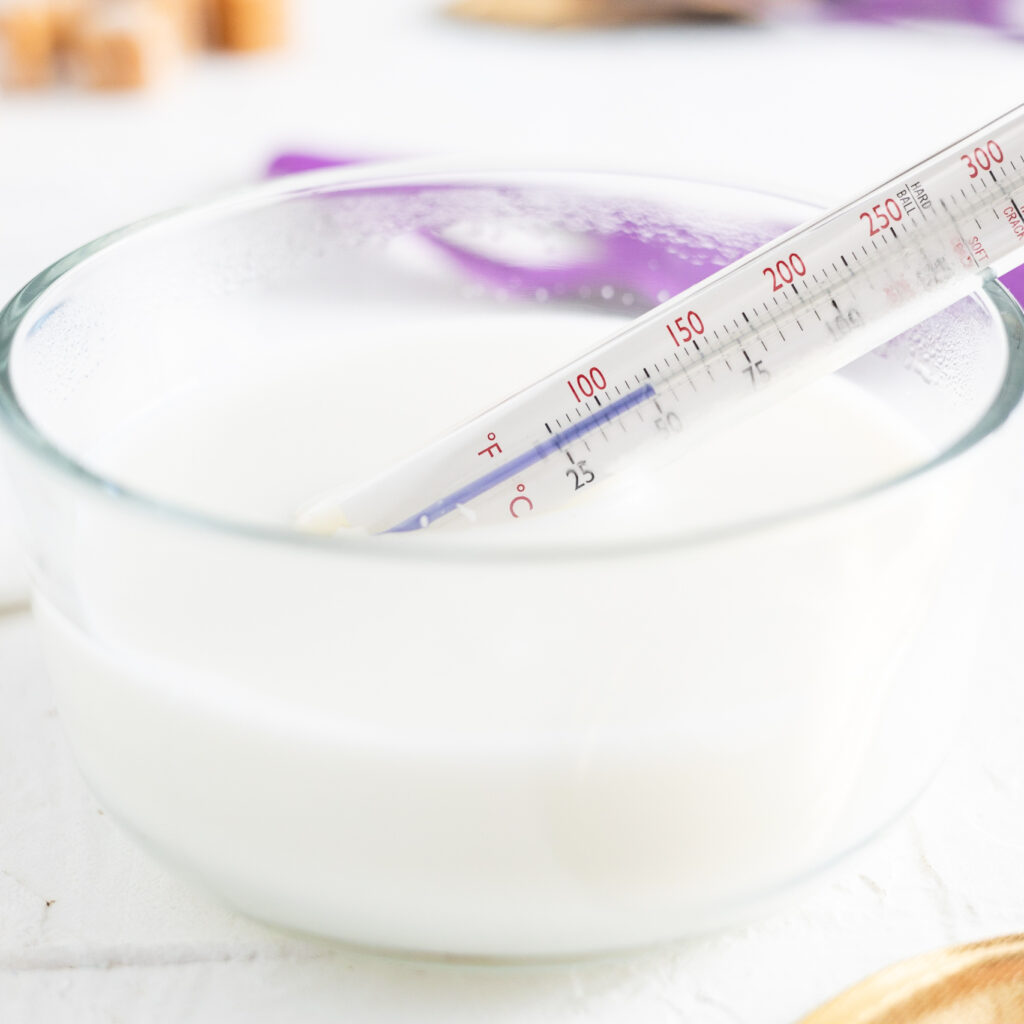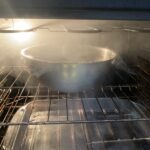How does Yeast Work?
Yeast are single celled microorganisms that convert sugars into carbon dioxide. This is what causes the dough in your recipe to expand and rise.
What is the difference between Rapid Rise Yeast and Active Dry Yeast?
Fundamentally rapid rise yeast and active dry yeast are not very different. Rapid rise yeast is smaller particles, therefore it dissolves more quickly and does not require activation. Active dry yeast is larger granules that require to be dissolved in liquid (usually water or milk) at 110-115 °F. to begin to activate them. If you decide to activate rapid rise yeast, it can be activated at 115-125 °F.

What type of yeast should I use for my recipe?
Active dry yeast and rapid rise yeast can be used interchangeably in recipes. It is important to keep in mind that when using active dry yeast, you need to add more time to your recipe steps in two places:
- Activation: The active dry yeast will need five minutes to activate before it is added to the rest of the ingredients.
- Proofing: You will also need to add about 15-20 minutes to your proofing times if substituting active dry yeast for rapid rise yeast.
How do I activate my yeast?
Activating yeast is very important, and very easy to do. The most important part is making sure that the temperature of the liquid you are using to activate the yeast is not too hot. The ideal temperature for your liquid to be when activating yeast is 100-115°F for active dry yeast, or 115-125 °F for rapid rise or instant yeast. Yeast thrives in these temperatures. It usually takes about 5 minutes for your yeast to become active after it is added to the liquid. You want to look for a foamy consistency before adding it to the rest of your ingredients.

Do I have to activate the yeast?
The short answer is no, you don’t have to activate your yeast…but you will achieve a much better result if you take that step. Rapid rise yeast can be added in with the rest of your ingredients and does not usually have to be activated. Active dry yeast truly benefits from the activation step.
What temperature should my water or milk be to activate Yeast?
The temperature of your water or milk should be at 100-115°F for active dry yeast, or 115-125 °F for rapid rise or instant yeast. If the temperature is hotter than this, the liquid will need to cool before adding your yeast. If the liquid is too hot it will kill the yeast. On the other hand if the liquid is not hot enough, the yeast will activate more slowly.
Do I need to add sugar to the milk or water when activating the Yeast?
When using water to activate your yeast, adding in a pinch of sugar gets the yeast going more quickly. When using milk, you don’t have to add sugar because milk already naturally contains it. The yeast will continue to thrive when added in with the rest of the dough ingredients. Flour contains starch that is made up of sugar molecules that are broken down by the yeast.
Can I use non-dairy milk to activate Yeast?
Yes, you can replace regular milk with a non-dairy alternative. Just like regular milk, non-dairy alternatives contain simple sugars as well.
How does salt affect Yeast?
Salt is a crucial ingredient to enhance flavor as well as contribute to the structure of gluten in recipes. It is important to incorporate the salt in with the rest of the ingredients before adding the yeast into the recipe. Too much salt can inhibit yeast.
Are gluten free flours and Yeast compatable?
You can use gluten free flours to make bread, however these flours lack gluten which is essential to feed the yeast and help the product to rise. Gluten free flours are also more dense. Recipes using gluten free flours and yeast require the addition of baking powder or baking soda to enable the dough to rise properly.
Is Yeast gluten free?
Not all yeast is gluten free, however the most commonly used strains such as baker’s yeast and active dry yeast are typically gluten free.
Why did my dough not rise?
There are a couple of explanations for why your dough is not rising.
- First and foremost if you are using active dry yeast and you didn’t follow the steps above for activating your yeast, it can affect the overall quality of your rise.
- Yeast like temperatures around 75-85°F. If your dough is left to bulk ferment in cooler temperatures, the yeast will not be as active resulting in less gas bubbles and ultimately no or little rise.
- Your yeast could be dead. If the liquid temperature used to activate the yeast was too hot, it can kill the yeast. Tip: Before adding yeast to the rest of your recipe ingredients make sure it has activated. You will know it is activated when it is a foamy consistency.
- If the dough is placed on or near a high temperature this can also kill the yeast and result in un-risen product.
What is the shelf life of Yeast?
Dry yeast has an average shelf life of 24 months. It is best kept in an airtight container below 80°F.


